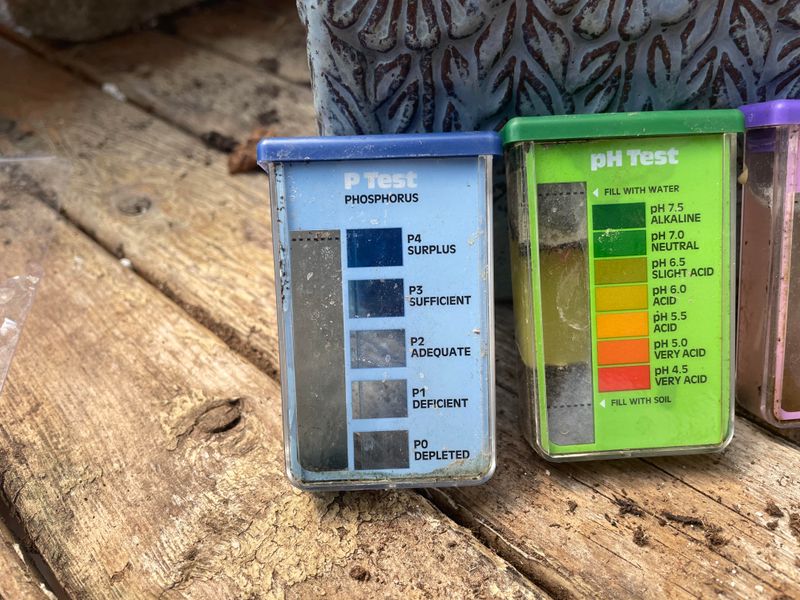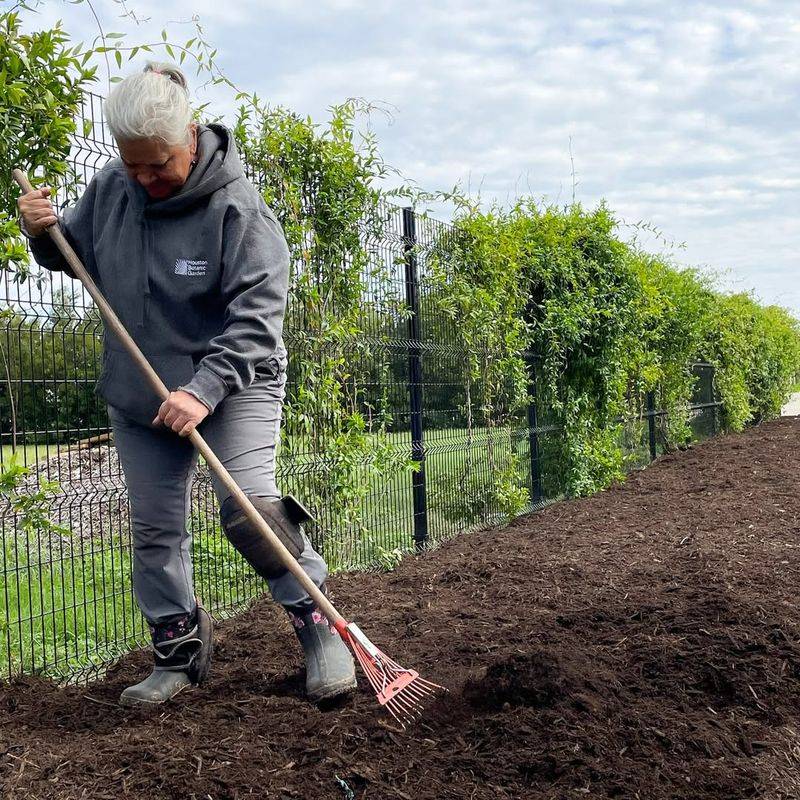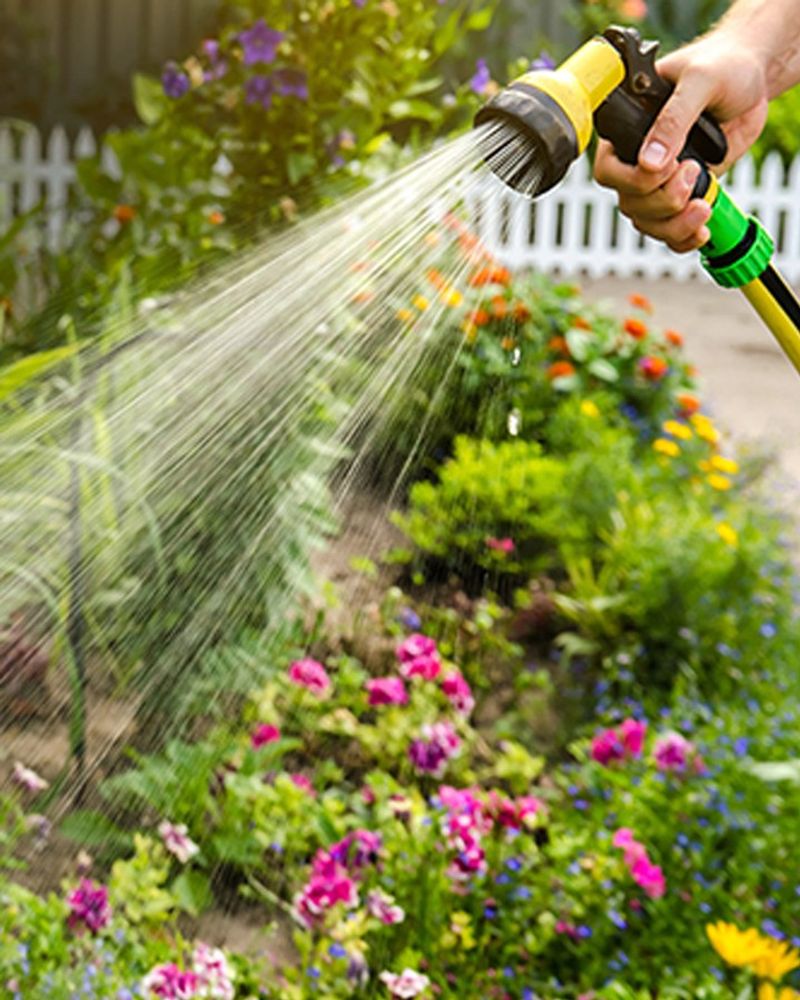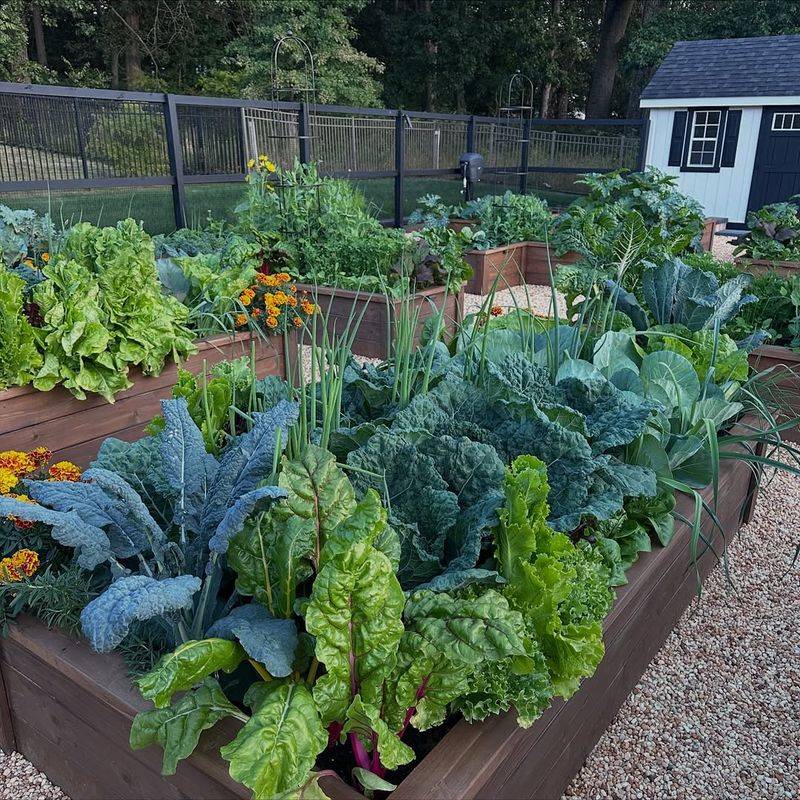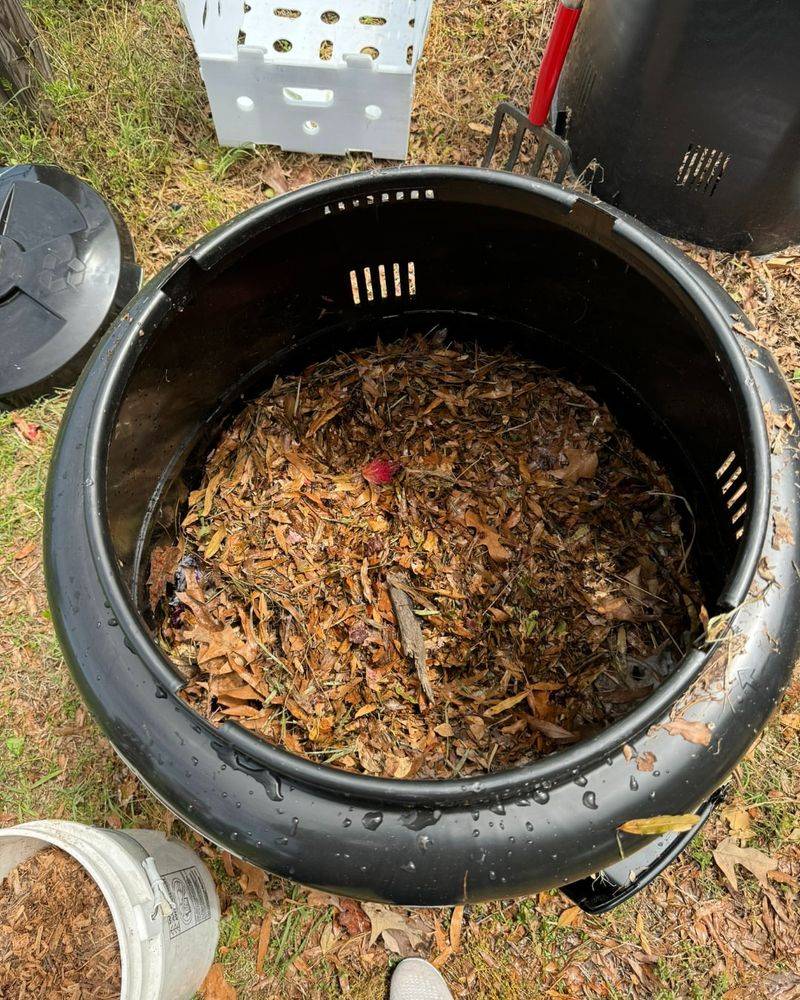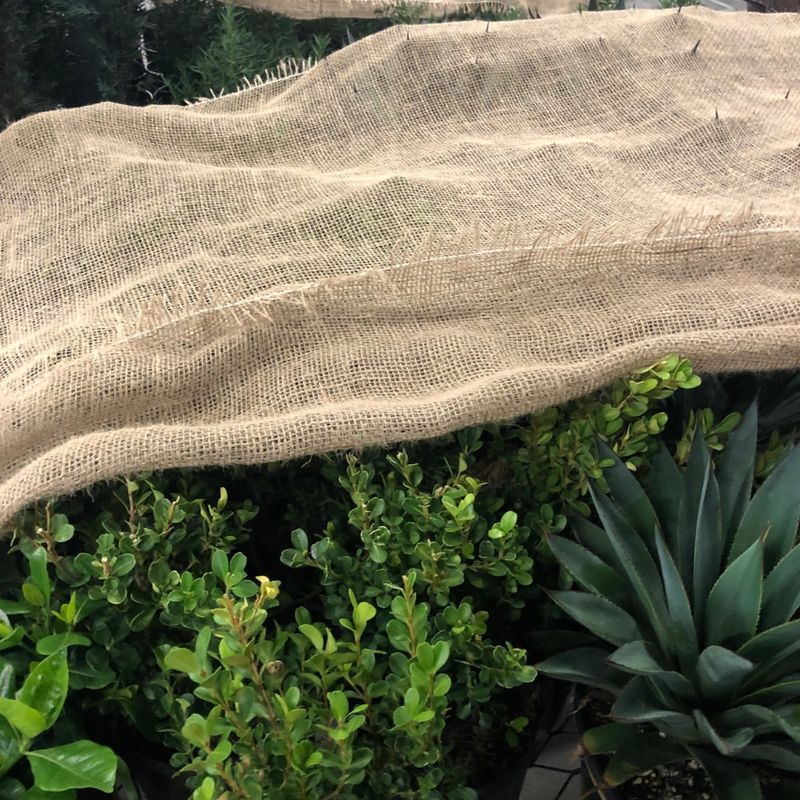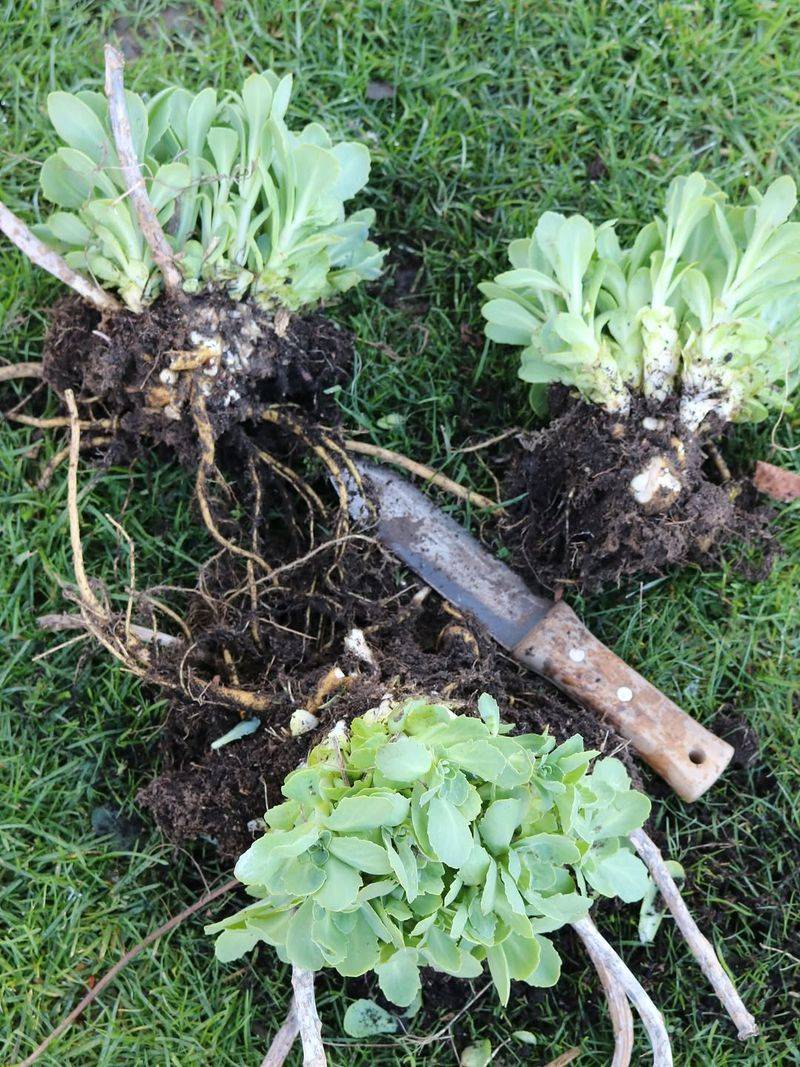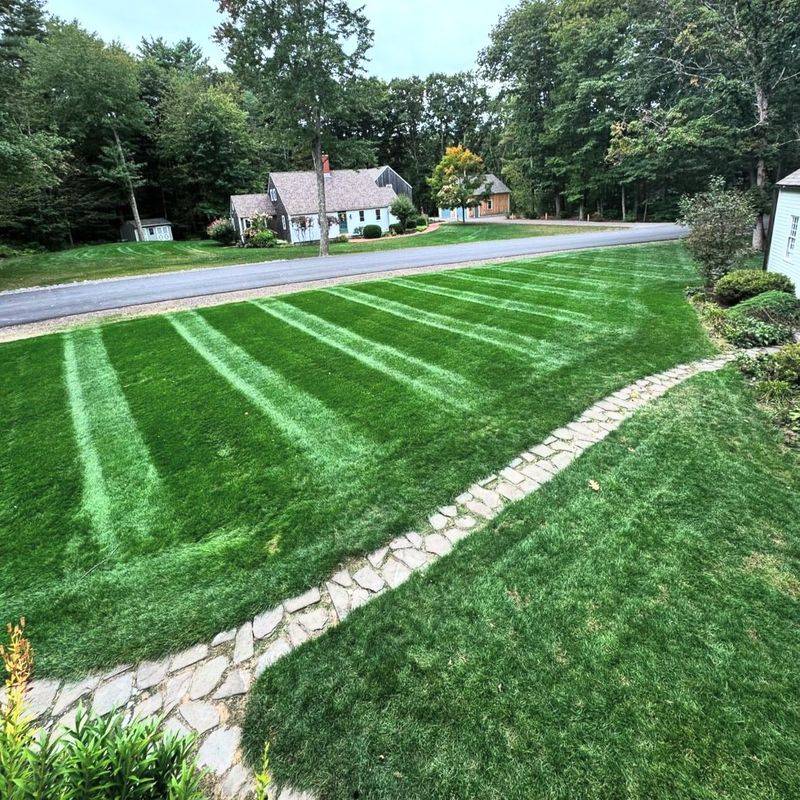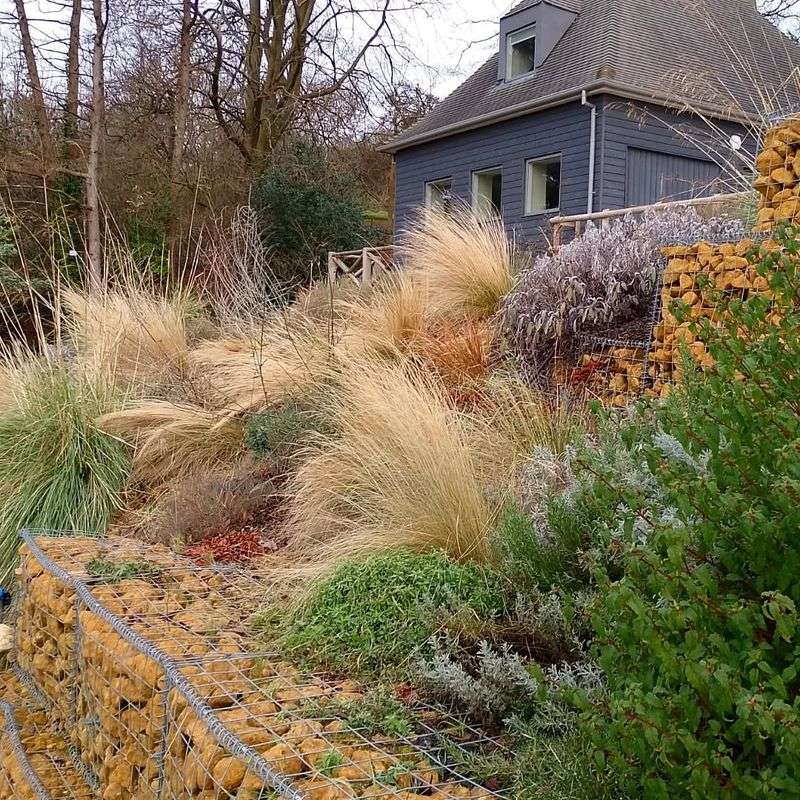Indiana backyards face scorching summers, icy snaps, and everything in between, yet the right know-how turns that mix into pure opportunity.
A well-tuned yard stands tall through every season, calling the shots with healthy soil, bold color, and smart structure. Homeowners across the state swear by a handful of true-blue tips that keep their landscapes firing on all cylinders long after the weather throws its curveballs.
1. Choose Native Plants For Easy Success
Native plants already know how to handle Indiana’s weather, which means less work for you. Species like coneflowers, black-eyed susans, and wild bergamot have adapted to local conditions over thousands of years.
They need less water, fewer fertilizers, and can survive our unpredictable temperature swings. Plus, local butterflies, bees, and birds absolutely love them, turning your backyard into a wildlife haven that practically takes care of itself while looking gorgeous all season long.
2. Test Your Soil Before Planting Anything
Knowing what’s in your dirt can save you tons of frustration later. Indiana soils vary wildly depending on where you live, from clay-heavy areas to sandy patches.
A simple soil test from your local extension office reveals pH levels and nutrient content. Armed with this information, you can add the right amendments instead of guessing. Healthy soil means healthier plants that can fight off diseases and weather stress much better than those struggling in poor conditions.
3. Mulch Generously To Protect Year-Round
A thick blanket of mulch does wonders your garden will thank you for. During summer, it keeps soil cool and locks in precious moisture during those scorching July afternoons.
When winter arrives, mulch insulates plant roots from harsh freezing temperatures. Use organic materials like shredded bark or leaves, which break down over time and actually improve your soil. Aim for about three inches deep, keeping it away from plant stems to prevent rot and disease problems.
4. Water Deeply But Less Often
Forget daily sprinkling—your plants want a good, deep drink instead. Watering deeply encourages roots to grow downward, searching for moisture and creating stronger, more drought-resistant plants.
Aim for about an inch of water per week, adjusting for rainfall. Early morning is the best time since leaves can dry before nightfall, reducing fungal diseases. Soaker hoses or drip irrigation work brilliantly, delivering water right where it’s needed without waste or evaporation losses.
5. Plant Cold-Hardy Vegetables For Fall Harvests
Did you know some vegetables actually taste sweeter after a light frost? Crops like kale, Brussels sprouts, carrots, and spinach thrive in Indiana’s cool autumn weather.
Plant them in late summer, and you’ll be harvesting fresh produce well into November or even December. These tough vegetables laugh at chilly temperatures that would kill tomatoes and peppers. Extending your growing season means more homegrown food and a backyard that stays productive when most gardens look bare.
6. Add Compost To Boost Soil Health
Compost is basically garden gold that you can make yourself from kitchen scraps and yard waste. It feeds beneficial microorganisms, improves drainage in clay soils, and helps sandy soils hold moisture better.
Spread a layer over your beds each spring and fall, or mix it into planting holes. Your plants will grow stronger and produce more because compost releases nutrients slowly over time. Starting a compost pile is easier than you think and dramatically reduces household waste too.
7. Protect Plants From Harsh Winter Winds
Indiana winters can be brutal, with icy winds that damage evergreens and tender perennials. Creating simple windbreaks using burlap screens or strategically placed stakes protects vulnerable plants from desiccation.
Evergreens especially suffer when cold winds strip moisture from their needles faster than frozen roots can replace it. Wrapping young trees or building temporary barriers takes minimal effort but prevents browning and damage. Your plants will emerge in spring looking healthy rather than beaten up by winter’s worst.
8. Divide Perennials Every Few Years
Perennials don’t stay perfect forever—they need occasional splitting to stay vigorous. After three to five years, many perennials develop crowded centers that produce fewer blooms.
Spring or fall is ideal for division, depending on when plants flower. Dig up clumps, separate them into smaller sections with healthy roots, and replant. You’ll instantly have more plants to spread around your garden or share with neighbors. Divided perennials bloom better and look healthier than their overcrowded cousins.
9. Choose The Right Grass For Indiana Lawns
Not all grass types handle Indiana’s climate equally well. Tall fescue is a superstar here because it tolerates both summer heat and winter cold beautifully.
Kentucky bluegrass also performs well but needs more water and care. Avoid warm-season grasses that struggle with our winters. Choosing the right variety from the start means less reseeding, fewer bare patches, and a lawn that stays green longer. Your grass should work with Indiana’s weather, not fight against it constantly.
10. Plan For Four-Season Interest
Why settle for a garden that only looks good in summer? Strategic planning creates year-round beauty that keeps your backyard interesting even in January.
Combine spring bulbs, summer perennials, fall foliage plants, and evergreens with winter berries or interesting bark. Ornamental grasses add movement and texture when everything else is dormant. Thinking beyond just flowers transforms your space into something special that neighbors will admire every single month, making your backyard the neighborhood standout.



